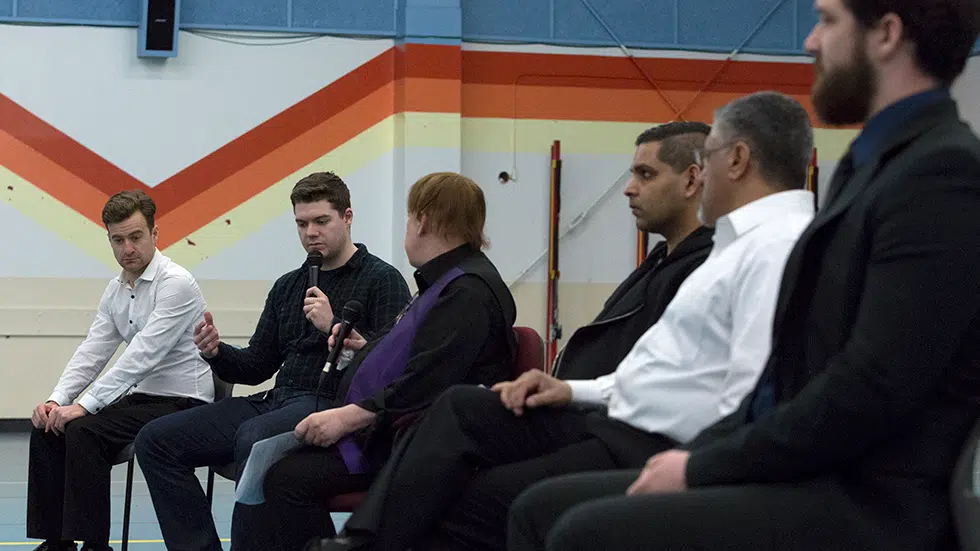
Restorative, traditional justice displayed at Senator Allen Bird
A theatre troop highlighted the differences between Traditional Indigenous justice and the court systems of Canada for an audience in Prince Albert.
A mock trial by People’s Law School educated 35 people at the Senator Allen Bird Memorial Centre about the two methods of justice. Their performance April 25 put the exact same case to the test in a traditional court and a restorative justice council.
Marcella Garson from the Prince Albert Grand Council’s Justice Unit said anyone who denies culpability is ineligible for the program as restorative justice is about healing, and part of the healing is acceptance.
“Never at anytime, if they go to trial, does the offender have to take responsibility,” she said. “When you come to the restorative justice program it’s mandatory… they have to take responsibility for their part.”


